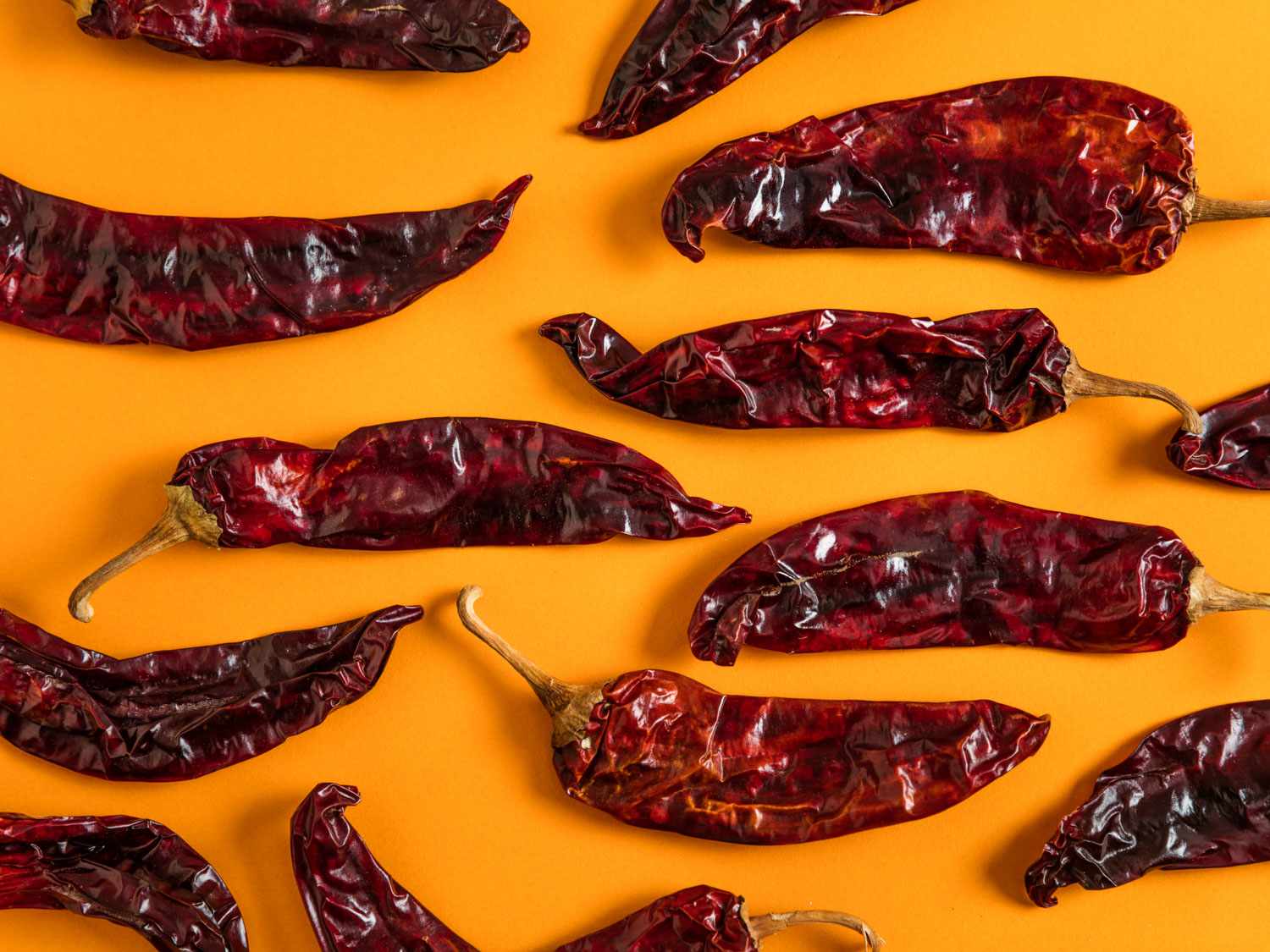

Articles
How To Store Dehydrated Peppers
Modified: October 21, 2024
Learn the best methods for storing dehydrated peppers in this informative article. Discover the essential tips and tricks to keep your peppers fresh and flavorful.
(Many of the links in this article redirect to a specific reviewed product. Your purchase of these products through affiliate links helps to generate commission for Storables.com, at no extra cost. Learn more)
Introduction
Welcome to the world of dehydrated peppers! If you’re a fan of adding a burst of flavor and spice to your dishes, then dehydrated peppers are a must-have ingredient in your kitchen pantry. Not only do they pack a punch in terms of flavor, but they also offer a plethora of benefits, such as extended shelf life and convenience.
In this article, we will explore the benefits of using dehydrated peppers, how to choose and prepare peppers for dehydration, different methods and techniques for dehydrating peppers, as well as important considerations for storing them properly. We’ll also provide recommendations for storage containers and offer tips on how to store dehydrated peppers for extended periods.
Whether you’re a beginner or an experienced home cook, learning how to dehydrate and store peppers will undoubtedly elevate your culinary skills and enable you to enjoy the vibrant flavors of fresh peppers year-round.
So, grab a cup of your favorite beverage, sit back, and let’s dive into the wonderful world of dehydrated peppers!
Key Takeaways:
- Elevate your culinary skills with dehydrated peppers, offering intensified flavor, extended shelf life, and year-round availability. Experiment with rehydration and enjoy vibrant, versatile flavors in your dishes!
- Store dehydrated peppers in airtight containers, away from moisture and heat, for optimal freshness. Rehydrate for a burst of flavor and spice in your favorite recipes.
Benefits of Dehydrated Peppers
Dehydrated peppers offer a myriad of benefits that make them a valuable addition to any kitchen. Here are some of the key advantages:
- Extended Shelf Life: Dehydration is a preservation method that removes the moisture from peppers, significantly extending their shelf life. Unlike fresh peppers, which can spoil relatively quickly, dehydrated peppers can be stored for months or even years without losing their flavor or nutritional value.
- Convenience: Dehydrated peppers are incredibly convenient to use in cooking. Once dehydrated, peppers become lightweight and compact, making them easy to store and transport. They also take up less space in your pantry compared to fresh peppers.
- Intensified Flavor: Dehydrating peppers intensifies their natural flavors, resulting in a more concentrated taste. The drying process enhances the peppers’ spiciness and sweetness, creating a richer and more robust flavor profile. This makes dehydrated peppers perfect for adding a kick to salsas, marinades, rubs, and other dishes.
- Year-Round Availability: Dehydrated peppers allow you to enjoy the flavors of your favorite peppers all year round, regardless of their seasonal availability. You can preserve a surplus of fresh peppers during the peak harvest season and have a supply of dehydrated peppers to use in your recipes whenever you desire.
- Cost-Effective: Dehydrating peppers can be a money-saving technique, especially if you grow your own peppers or purchase them in bulk when they are in season. By dehydrating excess peppers, you can avoid wastage and have a cost-effective supply of peppers throughout the year.
- Health Benefits: Dehydrated peppers retain most of their nutritional content, including vitamins A and C, as well as minerals like potassium and magnesium. These nutrients play vital roles in maintaining a healthy immune system, promoting good vision, and supporting overall well-being.
With all these fantastic benefits, it’s clear why dehydrated peppers are a staple in many kitchens. Now that you know the advantages, let’s move on to the next section, where we’ll discuss how to choose and prepare peppers for dehydration.
Choosing and Preparing Peppers for Dehydration
When it comes to choosing peppers for dehydration, it’s important to select fresh, ripe peppers that are free from blemishes or signs of decay. Here are a few tips to help you make the best choice:
- Variety: There are numerous pepper varieties available, each with its own unique flavor and heat level. Choose the type of pepper that suits your taste preferences, whether it’s mild bell peppers, medium heat jalapenos, or fiery habaneros.
- Ripe and Fresh: Look for peppers that are firm and vibrant in color. Avoid peppers that have wrinkles, soft spots, or discoloration, as these are signs of deterioration.
- Size and Shape: Consider the size and shape of the peppers. Smaller peppers or thin-skinned varieties tend to dehydrate more quickly and evenly than larger or thicker-skinned peppers.
- Seeds and Membranes: Depending on your preference, you can choose to remove the seeds and membranes from the peppers before dehydrating. While the seeds and membranes add spiciness to the peppers, removing them can result in a milder flavor.
Once you have chosen your peppers, it’s time to prepare them for dehydration. Follow these steps to ensure proper preparation:
- Wash the Peppers: Thoroughly wash the peppers under running water to remove any dirt, pesticides, or residue. Pat them dry with a clean cloth or paper towel.
- Remove the Stem: Using a sharp knife or kitchen shears, carefully remove the stem from each pepper. Ensure that you remove as much of the stem as possible.
- Slice or Dice: Decide whether you want to slice or dice the peppers based on how you plan to use them. Slicing the peppers into rings or strips allows for easy snacking or adding to dishes, while dicing them creates smaller pieces for seasoning blends or powders.
- Optional: Remove Seeds and Membranes: If desired, cut open the peppers and remove the seeds and membranes. Be sure to wear gloves when handling hot or spicy peppers to protect your skin from irritation.
With your peppers properly selected and prepared, you’re now ready to move on to the next step: dehydrating them. In the following section, we will explore the different methods and techniques for dehydrating peppers.
Dehydrating Peppers: Methods and Techniques
When it comes to dehydrating peppers, there are several methods and techniques you can choose from, depending on your preference and the equipment you have available. Let’s explore some of the most common methods:
- Using a Dehydrator: A food dehydrator is a dedicated appliance that circulates warm air to remove moisture from food. To dehydrate peppers using a dehydrator, simply arrange the pepper slices or strips on the dehydrator trays, ensuring they are evenly spaced. Set the dehydrator to a temperature of around 135°F (57°C) and let it run for 6-10 hours, or until the peppers are dry and brittle.
- Oven Drying: If you don’t have a dehydrator, you can also use your oven to dehydrate peppers. Preheat the oven to its lowest setting and line a baking sheet with parchment paper. Place the pepper slices or strips on the sheet, making sure they are spread out in a single layer. Prop the oven door open slightly to allow moisture to escape and let the peppers dry for 4-8 hours, or until they are fully dehydrated.
- Air Drying: Air drying is another method for dehydrating peppers, although it requires a longer drying time compared to using a dehydrator or oven. To air dry peppers, string them together using a needle and thread or kitchen twine, ensuring there is space between each pepper. Hang the string of peppers in a warm, well-ventilated area away from direct sunlight. Allow them to dry for several weeks until they become completely dry and brittle.
- Microwave Drying: While not as common, you can also use a microwave to dehydrate peppers. Place the pepper slices or strips on a microwave-safe plate lined with parchment paper. Microwave them on high power for 2-3 minutes at a time, checking and flipping the peppers after each interval, until they are crisp and dry.
Whichever method you choose, it’s essential to monitor the progress of the peppers regularly to ensure they are dehydrated thoroughly. The end result should be peppers that are brittle, with no signs of moisture.
Once your peppers are fully dehydrated, it’s time to move on to the next step: storing them properly. In the next section, we will discuss important considerations for storing dehydrated peppers to maintain their quality and flavor.
Storing Dehydrated Peppers: Important Considerations
Proper storage is crucial to maintain the quality, flavor, and longevity of your dehydrated peppers. Consider the following factors when storing your dehydrated peppers:
- Airtight Containers: It’s essential to store dehydrated peppers in airtight containers to prevent moisture and air from reaching them. Use glass jars with tight-fitting lids, resealable plastic bags, or vacuum-sealed bags for optimal storage.
- Dark and Cool Location: Dehydrated peppers should be stored in a cool, dark place away from direct sunlight and heat sources. Exposure to light and heat can degrade the quality and flavor of the peppers over time.
- Absence of Moisture: Moisture is the biggest enemy of dehydrated peppers as it can lead to mold growth and spoilage. Ensure that your storage containers are moisture-free and that the peppers are fully dry before storing them.
- Absence of Odors: Dehydrated peppers have a strong aroma and can easily absorb odors from their surroundings. Store them away from strong-smelling substances, such as spices, cleaning chemicals, or strong-scented foods.
- Date and Label: To keep track of the freshness of your dehydrated peppers, it’s a good idea to label the storage containers with the date of dehydration. This will help you rotate your stock and use the oldest peppers first.
By following these considerations, you can ensure that your dehydrated peppers retain their flavor and quality for an extended period. However, keep in mind that even with proper storage, dehydrated peppers will gradually lose some flavor potency over time. It’s recommended to use them within a year for the best taste experience.
Now that you know how to store your dehydrated peppers effectively, let’s move on to the next section, where we’ll explore recommended storage containers for dehydrated peppers.
Read more: How To Store Mini Peppers
Recommended Storage Containers for Dehydrated Peppers
When it comes to storing dehydrated peppers, choosing the right storage containers is essential to maintain their quality and extend their shelf life. Here are some recommended storage containers:
- Glass Jars: Glass jars with airtight lids are ideal for storing dehydrated peppers. They are non-reactive, which means they won’t interact with the peppers and alter their flavor. Opt for jars with rubber gaskets or sealing lids to ensure an airtight seal.
- Resealable Plastic Bags: High-quality, food-grade resealable plastic bags are a convenient and cost-effective option for storing dehydrated peppers. Make sure to press out all excess air before sealing the bags to minimize exposure to oxygen.
- Vacuum-Sealed Bags: Vacuum-sealed bags are excellent for long-term storage of dehydrated peppers. Using a vacuum sealer, you can remove all the air from the bag, creating a tight seal that protects the peppers from moisture, oxygen, and odors.
- Mason Jars: Mason jars, with their tight-fitting lids and sturdy construction, are another popular choice for storing dehydrated peppers. They come in various sizes, allowing you to portion your peppers as needed.
- Lidded Plastic Containers: If you prefer a lightweight and shatterproof option, lidded plastic containers can be a suitable choice. Look for containers with snap-on or screw-on lids that provide a secure and airtight seal.
No matter which type of storage container you choose, it’s important to ensure that it is clean, dry, and airtight. Store your containers in a cool, dark place, away from moisture, heat, and strong odors to maintain the quality of your dehydrated peppers.
Now that you have a good understanding of the recommended storage containers, let’s move on to the next section, where we’ll provide some helpful tips for properly storing your dehydrated peppers.
Store dehydrated peppers in an airtight container, such as a glass jar or a vacuum-sealed bag, in a cool, dark place to maintain their flavor and shelf life.
Tips for Properly Storing Dehydrated Peppers
To ensure the longevity and quality of your dehydrated peppers, here are some helpful tips for properly storing them:
- Ensure Complete Dryness: Before storing, make sure your dehydrated peppers are fully dry. Any remaining moisture can lead to mold growth and spoilage. To check, break a piece of pepper and ensure it snaps crisply.
- Portion Control: Consider dividing your dehydrated peppers into smaller portions based on your usage. This will minimize the need to open a large container repeatedly, exposing the rest of the peppers to air and moisture.
- Absorb Moisture: Adding a moisture-absorbing packet, such as a food-grade silica gel packet, to the storage container can help maintain the dryness of the peppers. These packets are available online or at kitchen supply stores.
- Regularly Inspect and Rotate: Check your stored dehydrated peppers periodically to ensure there are no signs of spoilage or moisture. Rotate your stock by using the oldest peppers first to maintain freshness.
- Avoid Freezing: While freezing might seem like a good option for long-term storage, it can cause the peppers to become soft and lose their texture. It’s best to store dehydrated peppers at room temperature.
- Use Oxygen Absorbers: Oxygen absorbers can help remove residual oxygen from the storage containers, further extending the shelf life of your dehydrated peppers. Follow the instructions provided with the absorbers for proper usage.
- Label and Date: Clearly label your storage containers with the date of dehydration. This will help you keep track of their freshness and ensure you use the peppers within a reasonable timeframe.
Remember, proper storage is key to preserve the flavor, aroma, and quality of your dehydrated peppers. With these tips in mind, you can enjoy the vibrant taste of dehydrated peppers in your recipes for months or even years to come.
Now that you have mastered the art of storing dehydrated peppers, let’s explore some options for extended storage in the next section.
Extended Storage Options for Dehydrated Peppers
If you’re looking to extend the shelf life of your dehydrated peppers even further, consider the following options:
- Refrigeration: While dehydrated peppers can be stored at room temperature, refrigeration can provide an additional layer of preservation. Place your dehydrated peppers in an airtight container or resealable bag and store them in the refrigerator. This can help maintain their quality for an extended period, especially in warmer climates.
- Freezing: Although freezing can affect the texture of dehydrated peppers, it can be a viable option if you need to store them for an even longer duration. Vacuum-seal your dehydrated peppers or use freezer-safe, airtight containers to prevent freezer burn. Use them within a year for the best flavor and quality.
- Mylar Bags: Mylar bags are a popular choice for long-term storage of dehydrated foods. These durable and moisture-resistant bags provide an extra layer of protection against oxygen and light. Fill the bags with your dehydrated peppers, remove as much air as possible, and heat-seal the bags for optimal storage.
- Root Cellar: If you have access to a root cellar or a cool, dark basement with consistent temperature and humidity, it can be an ideal place to store dehydrated peppers. Place your peppers in airtight containers and store them in a location where the temperature remains between 50-60°F (10-15°C).
- Canning: If you have experience with canning, consider canning your dehydrated peppers for long-term storage. Follow approved canning methods to sterilize and seal the jars properly. This can provide years of shelf life for your dehydrated peppers.
Remember, while these extended storage options can help preserve your dehydrated peppers, it’s important to monitor the peppers regularly and discard any that show signs of spoilage or deterioration. Proper storage practices, such as keeping them in a cool, dark place with minimal exposure to oxygen and moisture, are still critical for maintaining their quality.
With these extended storage options in mind, you can confidently store your dehydrated peppers for extended periods, ensuring a flavorful and spicy addition to your culinary creations whenever you need them.
Now that we’ve explored the various storage options, let’s move on to the next section, where we’ll discuss rehydrating and using your dehydrated peppers in your favorite recipes.
Rehydrating and Using Dehydrated Peppers
Rehydrating dehydrated peppers is a simple process that restores their texture and brings them back to life. Follow these steps to rehydrate your dehydrated peppers:
- Measure the Amount: Determine the amount of dehydrated peppers you need for your recipe. Keep in mind that dehydrated peppers will expand in size after rehydration.
- Choose a Rehydration Method: There are a few methods for rehydrating dehydrated peppers:
- Hot Water Soak: Place the dehydrated peppers in a bowl and pour boiling water over them. Let them soak for about 15-20 minutes or until they have softened. Drain the excess water before using.
- Cold Water Soak: Place the dehydrated peppers in a bowl and cover them with cold water. Allow them to soak for a few hours or until they have fully rehydrated. Drain the water before using.
- Cooking Method: You can also add dehydrated peppers directly to soups, stews, sauces, or other dishes that require longer cooking times. The peppers will rehydrate as they cook.
- Use as Desired: Once the peppers have rehydrated, you can use them in your favorite recipes just like fresh peppers. They add a burst of flavor, spice, and color to dishes such as salsas, stir-fries, pasta sauces, chili, and more.
Rehydrated peppers will have a texture similar to cooked or sautéed peppers. Depending on the rehydration method and your preference, you can adjust the texture by soaking them for a shorter or longer period to achieve the desired level of firmness.
Remember, the liquid used for rehydration, whether hot or cold, can also be flavorful and add an extra punch to your recipe. Consider using vegetable or chicken broth, or infusing the liquid with spices or herbs for an added depth of flavor.
Now that you know how to rehydrate your dehydrated peppers, it’s time to unleash your culinary creativity and enjoy the vibrant and versatile flavors they bring to your dishes.
In the next section, we’ll tackle some frequently asked questions (FAQs) to address any lingering queries you may have.
Read more: How To Store Pepper Seeds
Frequently Asked Questions (FAQs)
Q: Can I dehydrate different types of peppers together?
A: Yes, you can dehydrate different types of peppers together. Just keep in mind that the heat level and drying time may vary depending on the variety. It’s best to group similar types of peppers together to ensure even drying.
Q: How long do dehydrated peppers last?
A: When stored properly in airtight containers in a cool, dark place, dehydrated peppers can last for several months to a year. However, their flavor and potency may gradually diminish over time, so it’s best to use them within a year for the best taste experience.
Q: Can I dehydrate frozen peppers?
A: It’s not recommended to dehydrate frozen peppers as they contain a high amount of moisture. It’s best to dehydrate fresh peppers to ensure a successful drying process.
Q: Can I use dehydrated peppers in place of fresh peppers in recipes?
A: Absolutely! Once rehydrated, dehydrated peppers have a flavor and texture similar to cooked peppers. They can be used as a substitute for fresh peppers in a wide range of recipes, including soups, stews, stir-fries, sauces, and more. Just keep in mind that the intensity of their flavor may be more concentrated, so you may need to adjust the amount to suit your taste.
Q: Are dehydrated peppers spicy?
A: Dehydrated peppers retain their natural spiciness, so if the peppers were spicy when fresh, they will still have a level of heat after dehydration. It’s important to consider the heat level of the peppers you are using and adjust the amount in your recipes accordingly.
Q: Can I re-dehydrate peppers if they become soft?
A: It’s not recommended to re-dehydrate peppers that have become soft. Once they have lost their crispness, they may have absorbed moisture and are prone to spoilage. It’s best to discard any peppers that have become soft to ensure food safety.
If you have any more questions about dehydrated peppers or their storage and usage, feel free to consult the instructions provided with your dehydrator or reach out to a trusted culinary resource for guidance.
Now that we’ve covered the FAQs, we can conclude this comprehensive guide to storing and using dehydrated peppers. Enjoy the exciting flavors and culinary possibilities that dehydrated peppers bring to your meals!
Conclusion
Congratulations! You have now become well-versed in the art of storing and using dehydrated peppers. From understanding the benefits of dehydrated peppers to choosing and preparing them for dehydration, exploring different drying methods, and learning how to properly store them, you are equipped with the knowledge to make the most of this culinary delight.
By dehydrating peppers, you can enjoy their vibrant flavors, extended shelf life, and the convenience of having them available year-round. Whether you prefer the mild sweetness of bell peppers or the fiery heat of jalapenos, dehydrated peppers offer a versatile ingredient for adding spice and flavor to various dishes.
Remember to store your dehydrated peppers in airtight containers in a cool, dark place, away from moisture, heat, and strong odors. Regularly inspect and rotate your stock, using the oldest peppers first to ensure optimal freshness. By following these storage tips, you can enjoy the flavor and quality of your dehydrated peppers for months or even years to come.
When you’re ready to use your dehydrated peppers, simply rehydrate them using hot water, cold water, or by adding them directly to your cooking. The rehydrated peppers will bring a burst of flavor, spice, and color to your favorite recipes, from salsas and stir-fries to pasta sauces and chili.
Whether you’re a seasoned cook or just beginning to explore the world of culinary arts, having a stash of dehydrated peppers in your pantry opens up a world of possibilities. Experiment with different recipes, adjust the heat level to your liking, and enjoy the delightful flavors that these peppers impart.
Thank you for joining us on this journey into the world of dehydrated peppers. We hope you found this guide informative and inspiring. So go ahead, stock up on peppers, fire up your dehydrator, and savor the flavors of dehydrated peppers throughout the year!
Frequently Asked Questions about How To Store Dehydrated Peppers
Was this page helpful?
At Storables.com, we guarantee accurate and reliable information. Our content, validated by Expert Board Contributors, is crafted following stringent Editorial Policies. We're committed to providing you with well-researched, expert-backed insights for all your informational needs.

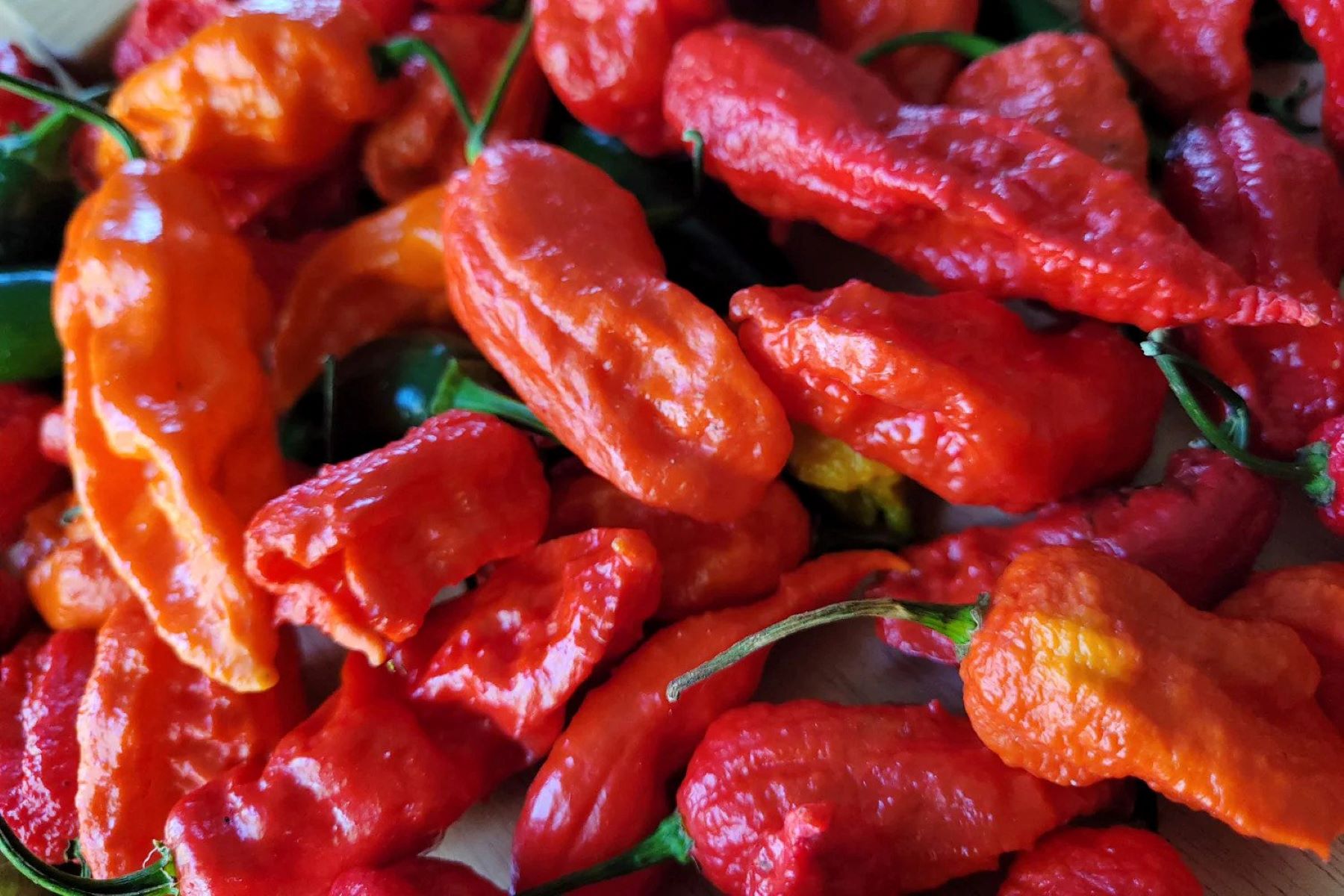
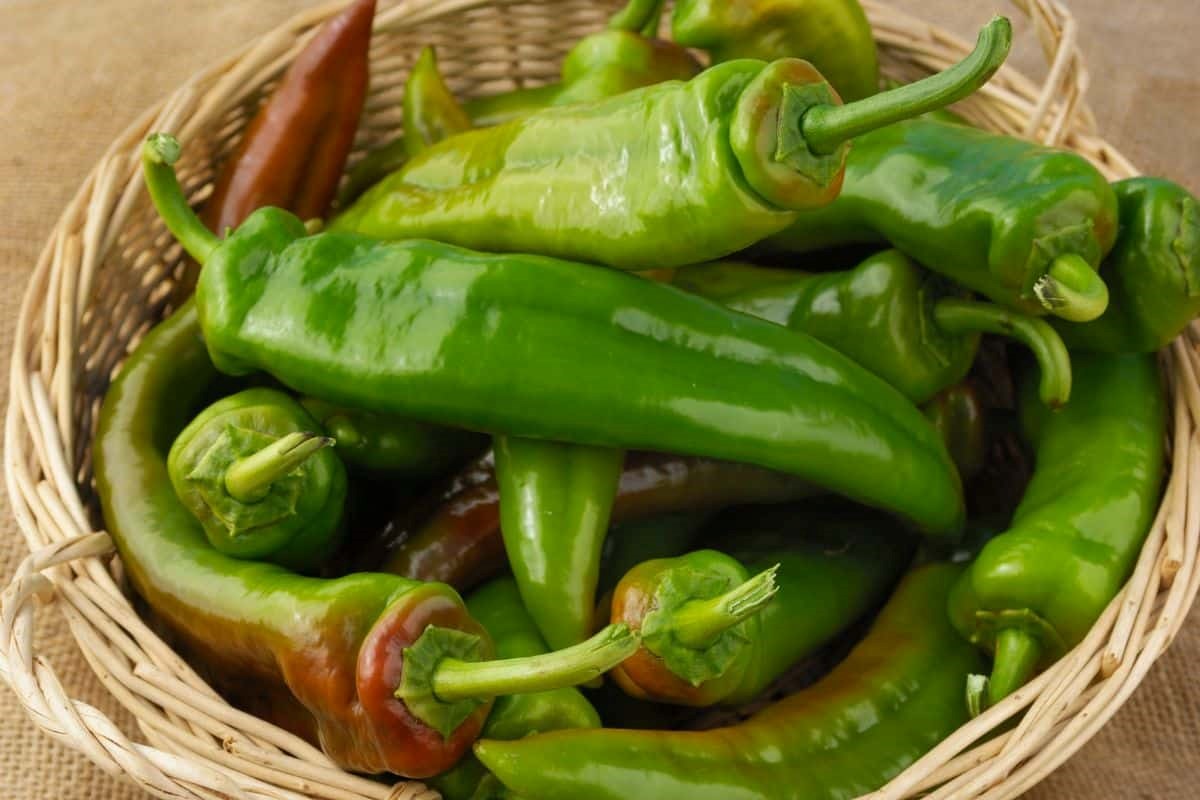
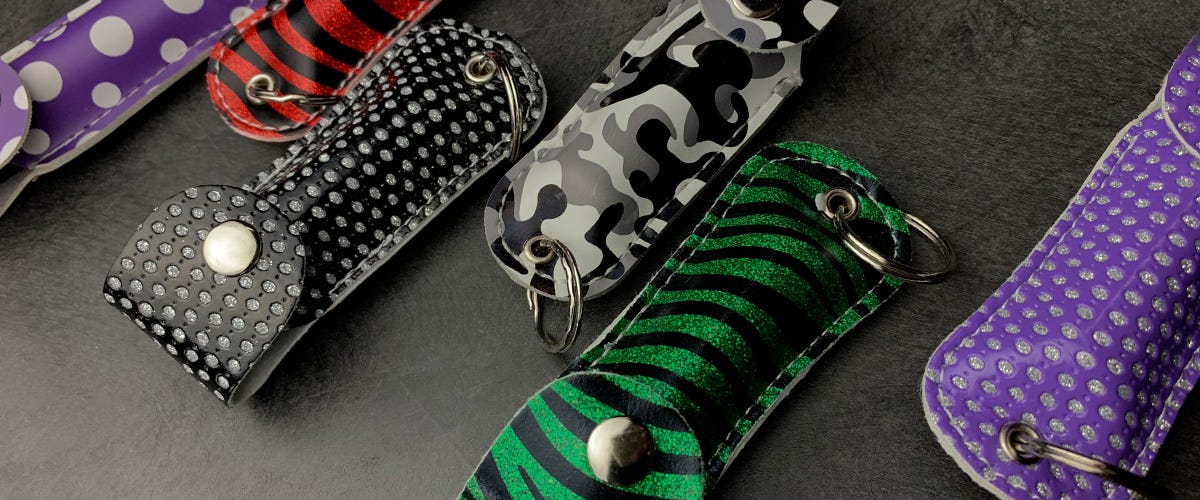
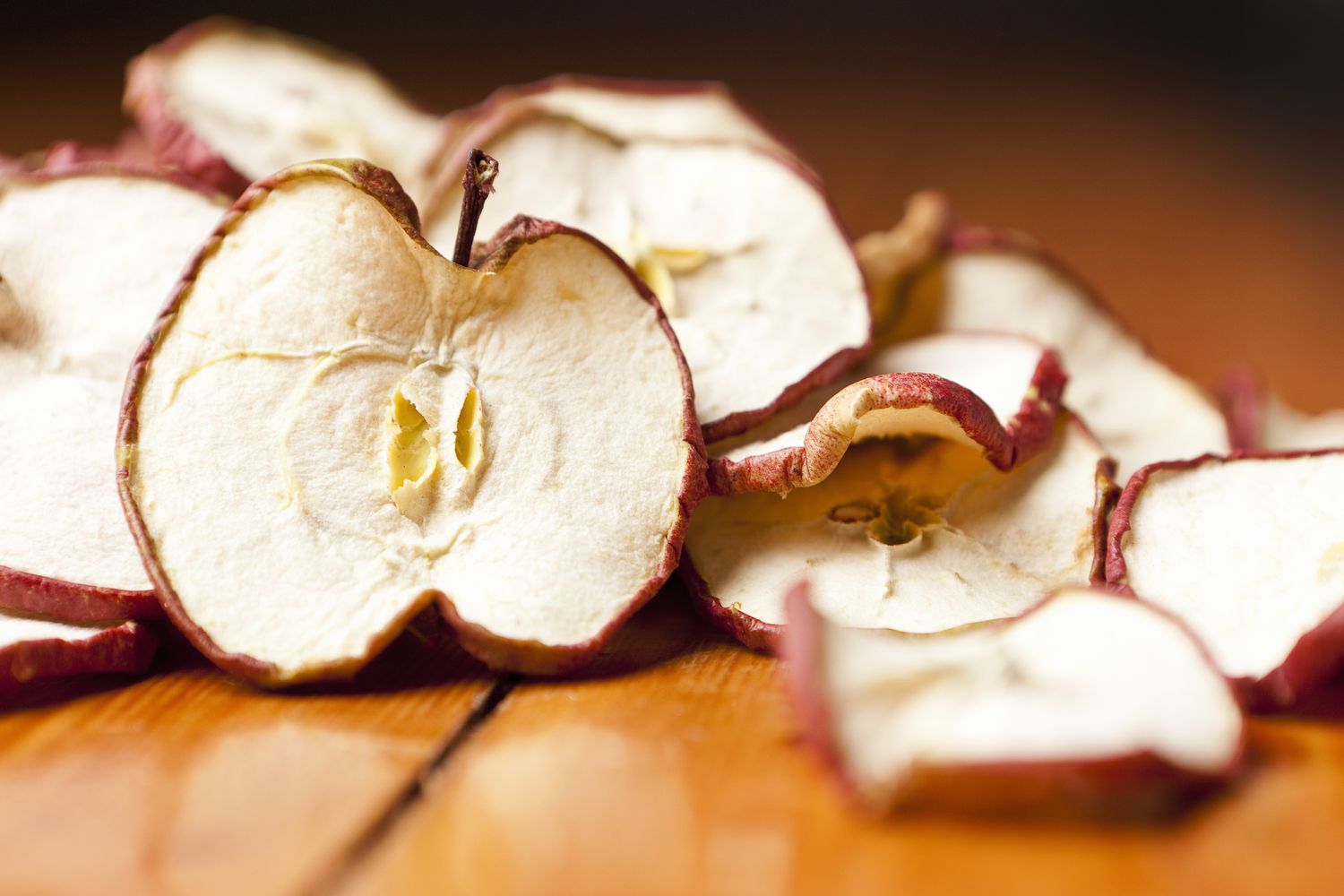
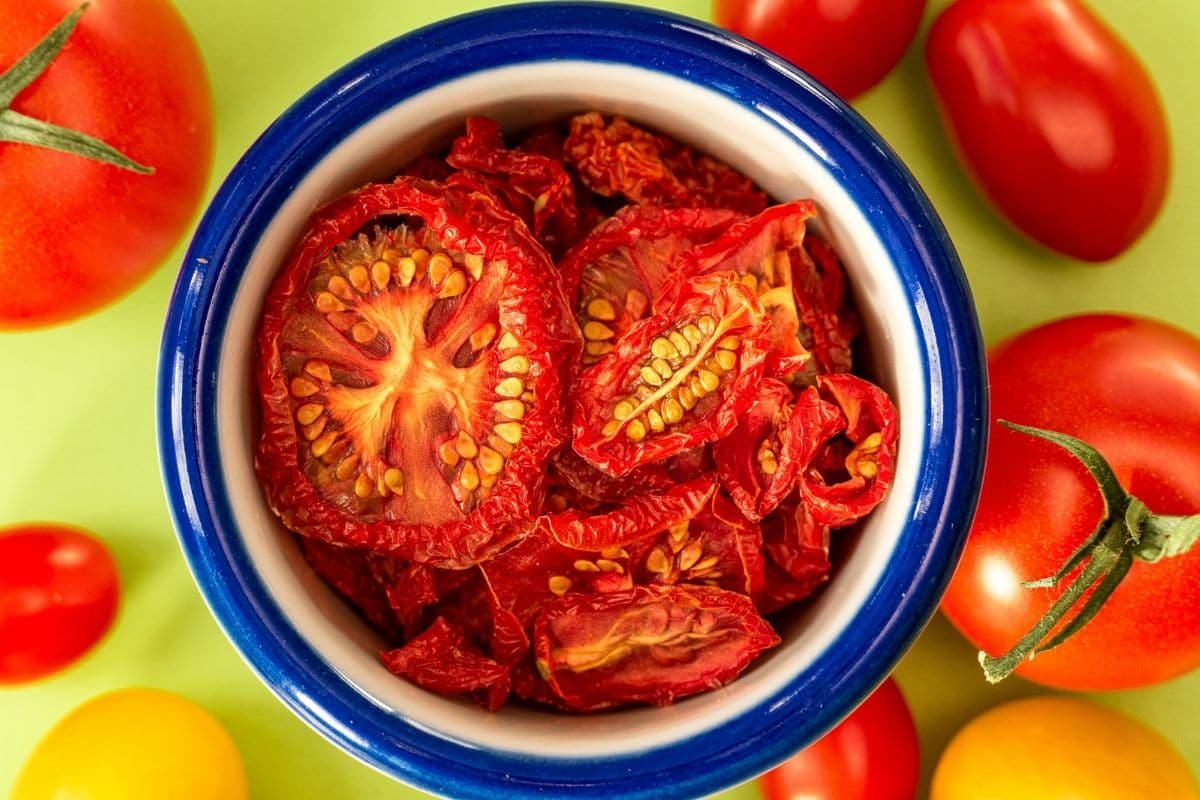
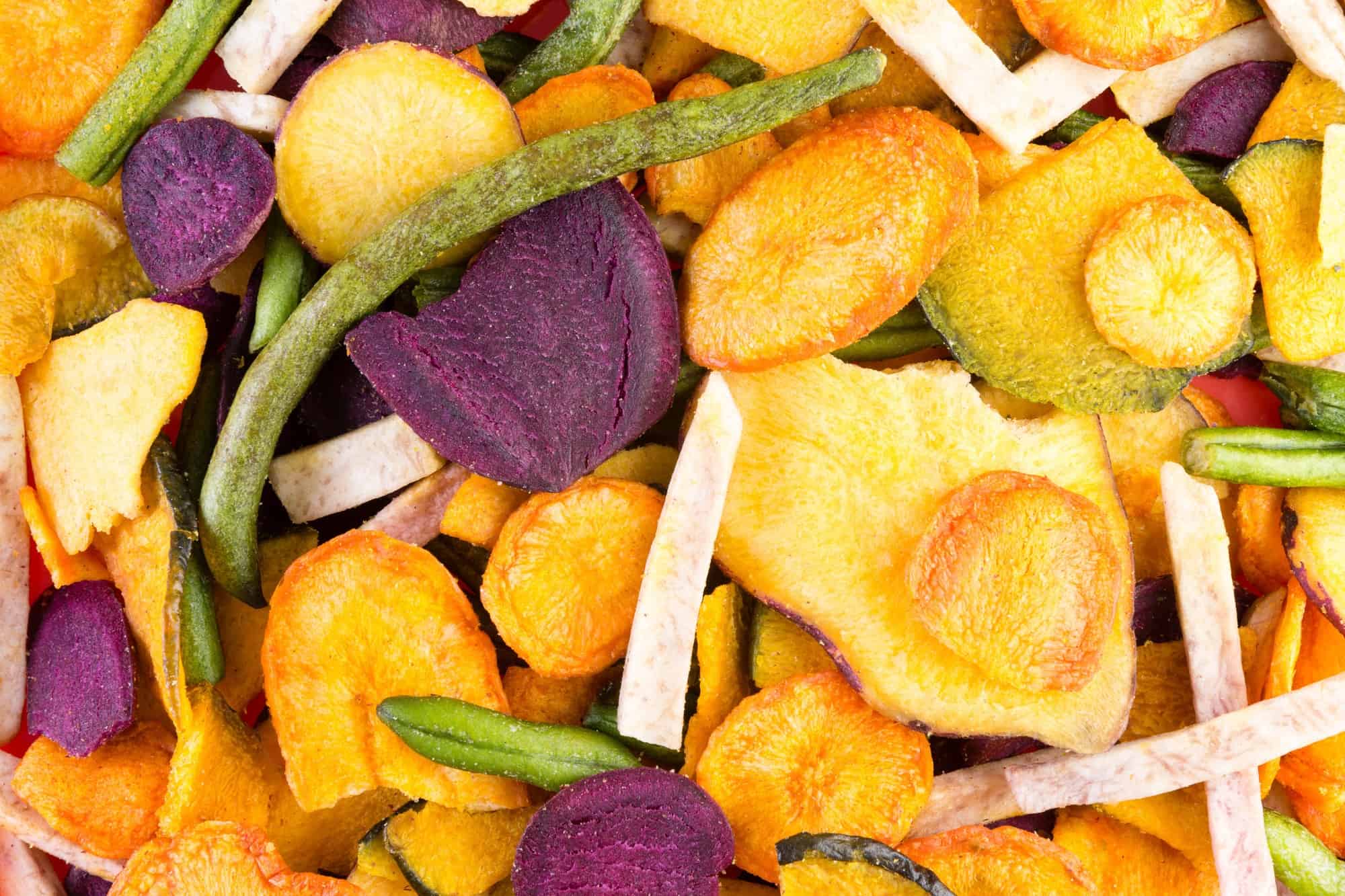
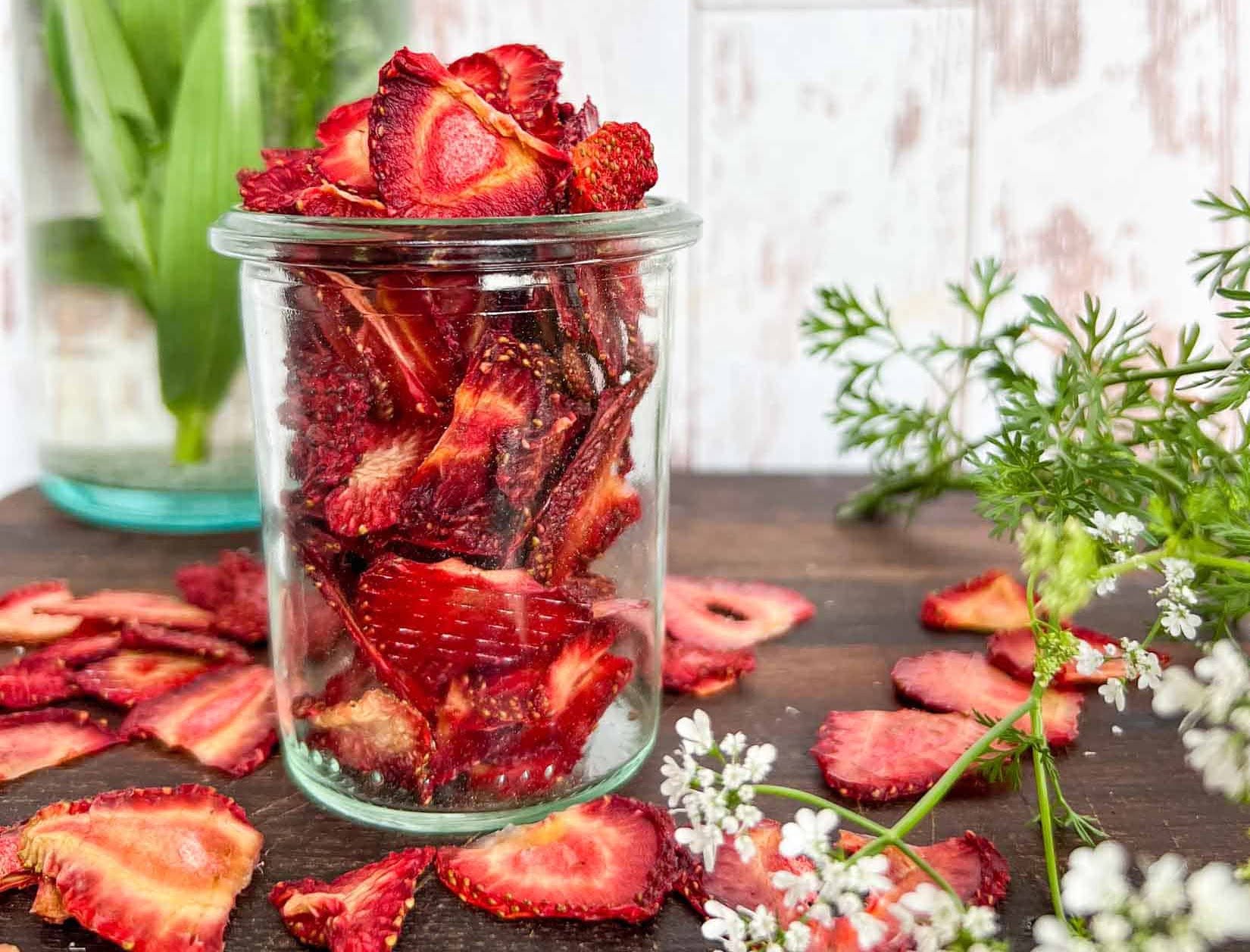
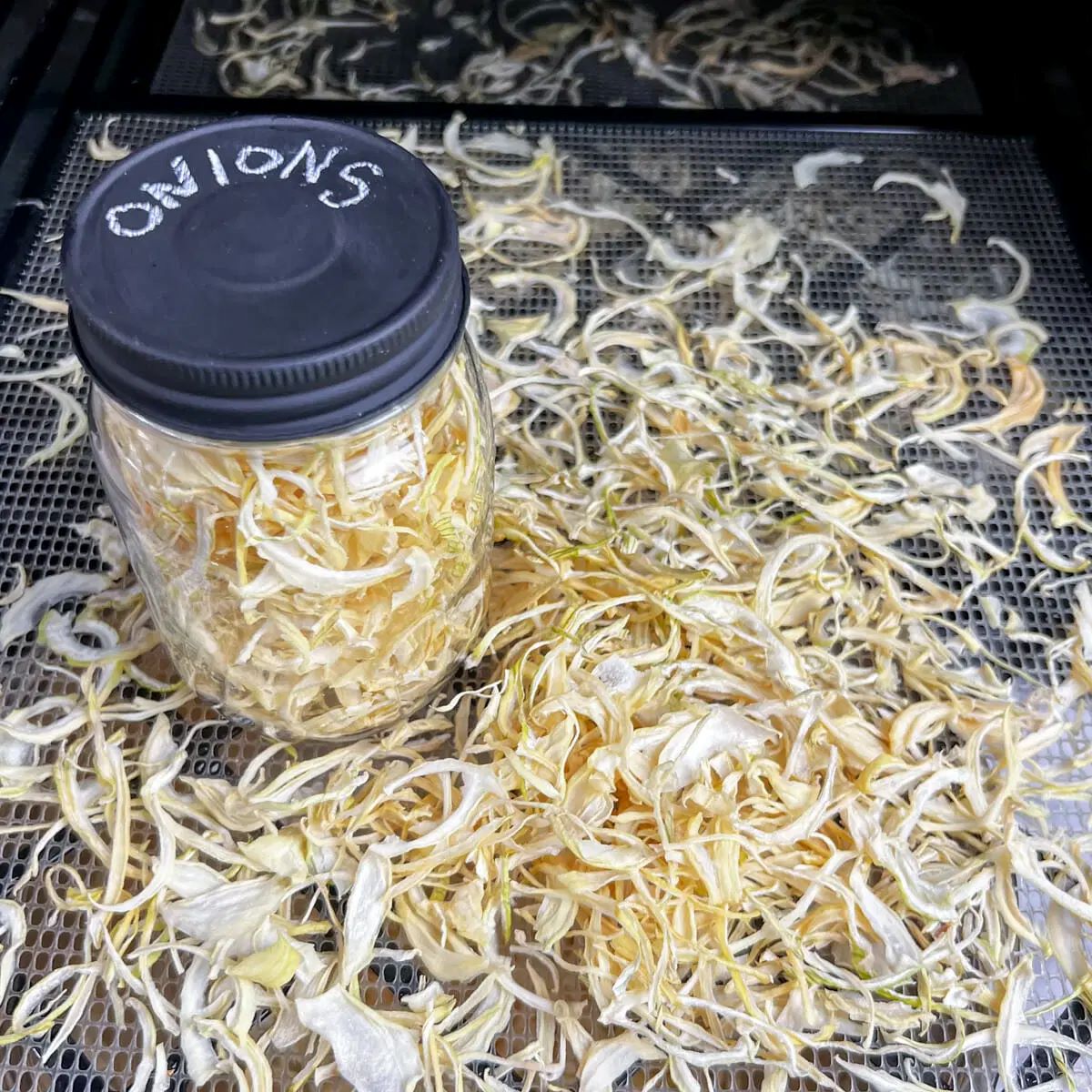

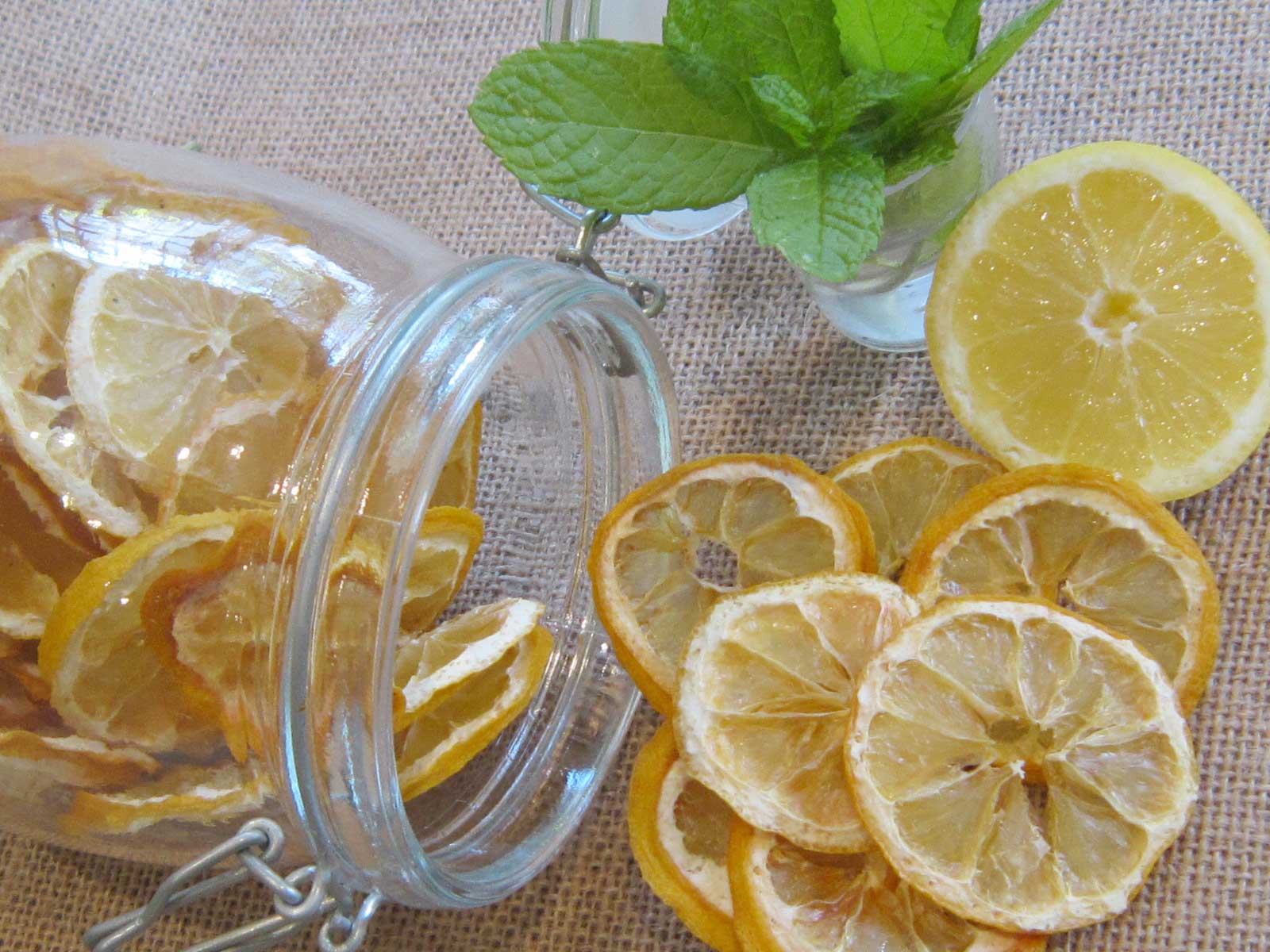

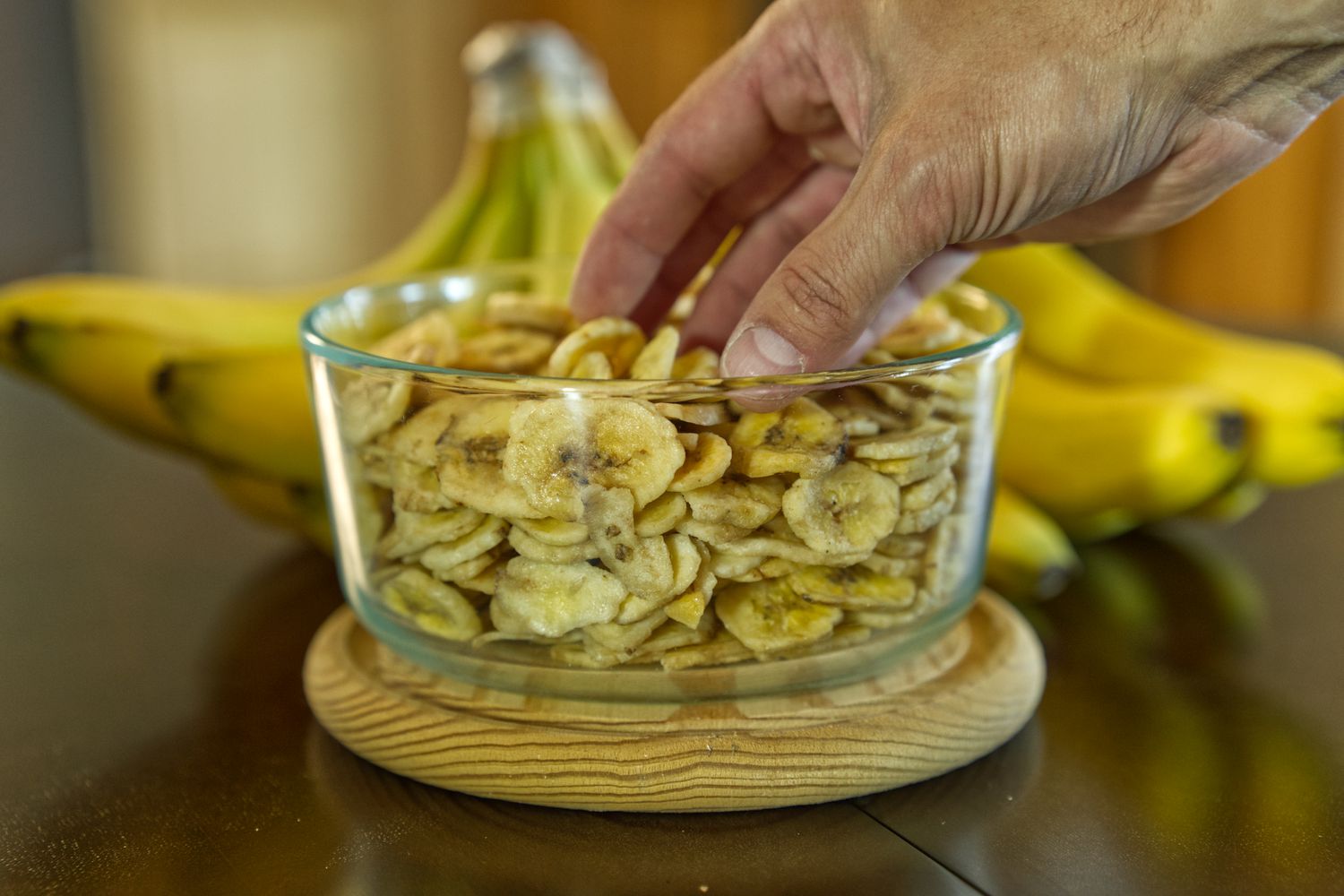

0 thoughts on “How To Store Dehydrated Peppers”